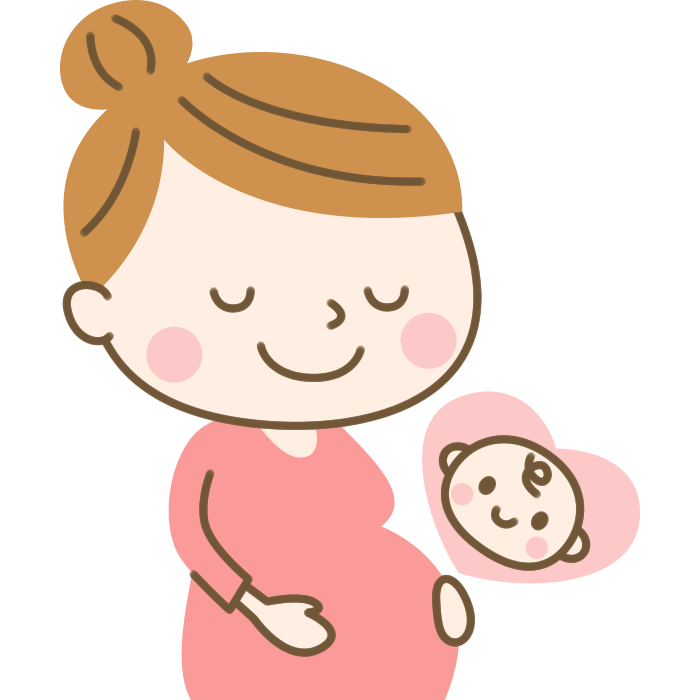Immediate “Kangaroo Mother Care” and Survival of Infants with Low Birth Weight
N Engl J Med. 2021 May 27;384(21):2028-2038. doi: 10.1056/NEJMoa2026486.
https://pubmed.ncbi.nlm.nih.gov/34038632
専門外の内容なので、詳しいことは分かりませんが、新生児にとってスキンコンタクトはどの医療行為よりも大事であるということになるのでしょうか。家族の愛に勝る医療無し。医療に携わる者としてとても嬉しい反面、医療の存在意義を考えさせられる論文ですね。
![]()
Background: “Kangaroo mother care,” a type of newborn care involving skin-to-skin contact with the mother or other caregiver, reduces mortality in infants with low birth weight (<2.0 kg) when initiated after stabilization, but the majority of deaths occur before stabilization. The safety and efficacy of kangaroo mother care initiated soon after birth among infants with low birth weight are uncertain.
Methods: We conducted a randomized, controlled trial in five hospitals in Ghana, India, Malawi, Nigeria, and Tanzania involving infants with a birth weight between 1.0 and 1.799 kg who were assigned to receive immediate kangaroo mother care (intervention) or conventional care in an incubator or a radiant warmer until their condition stabilized and kangaroo mother care thereafter (control). The primary outcomes were death in the neonatal period (the first 28 days of life) and in the first 72 hours of life.
Results: A total of 3211 infants and their mothers were randomly assigned to the intervention group (1609 infants with their mothers) or the control group (1602 infants with their mothers). The median daily duration of skin-to-skin contact in the neonatal intensive care unit was 16.9 hours (interquartile range, 13.0 to 19.7) in the intervention group and 1.5 hours (interquartile range, 0.3 to 3.3) in the control group. Neonatal death occurred in the first 28 days in 191 infants in the intervention group (12.0%) and in 249 infants in the control group (15.7%) (relative risk of death, 0.75; 95% confidence interval [CI], 0.64 to 0.89; P = 0.001); neonatal death in the first 72 hours of life occurred in 74 infants in the intervention group (4.6%) and in 92 infants in the control group (5.8%) (relative risk of death, 0.77; 95% CI, 0.58 to 1.04; P = 0.09). The trial was stopped early on the recommendation of the data and safety monitoring board owing to the finding of reduced mortality among infants receiving immediate kangaroo mother care.
Conclusions: Among infants with a birth weight between 1.0 and 1.799 kg, those who received immediate kangaroo mother care had lower mortality at 28 days than those who received conventional care with kangaroo mother care initiated after stabilization; the between-group difference favoring immediate kangaroo mother care at 72 hours was not significant. (Funded by the Bill and Melinda Gates Foundation; Australian New Zealand Clinical Trials Registry number, ACTRN12618001880235; Clinical Trials Registry-India number, CTRI/2018/08/015369.).
背景:「カンガルーマザーケア」は,母親およびその他のケア提供者との皮膚と皮膚の接触を含む新生児ケアの一種で,低出生体重児(2.0 kg 未満)では児の状態を安定させたあとに開始すると死亡率が低下するが,死亡の大多数は児の状態が安定する前に生じる.低出生体重児において,カンガルーマザーケアを出生直後に開始した場合の安全性と有効性は不明である.
方法:ガーナ,インド,マラウイ,ナイジェリア,タンザニアの 5 病院で,出生時体重 1.0~1.799 kg の児を対象とした無作為化比較試験を行った.児を出生直後からカンガルーマザーケアを受ける群(介入群)と,状態が安定するまで保育器または放射加温器で従来のケアを受け,その後カンガルーマザーケアを受ける群(対照群)に割り付けた.主要転帰は,新生児期(生後 28 日間)の死亡と生後 72 時間以内の死亡とした.
結果:3,211 例の児とその母親が,介入群(1,609 例の児とその母親)と対照群(1,602 例の児とその母親)に無作為に割り付けられた.新生児集中治療室で行われた皮膚と皮膚の接触の 1 日あたりの時間の中央値は,介入群で 16.9 時間(四分位範囲 13.0~19.7),対照群で 1.5 時間(四分位範囲 0.3~3.3)であった.生後 28 日以内の新生児死亡は介入群の 191 例(12.0%)と対照群の 249 例(15.7%)で発生し(死亡の相対リスク 0.75,95%信頼区間 [CI] 0.64~0.89,P=0.001),生後 72 時間以内の新生児死亡は介入群の 74 例(4.6%)と対照群の 92 例(5.8%)で発生した(死亡の相対リスク 0.77,95% CI 0.58~1.04,P=0.09).出生直後からカンガルーマザーケアを受けた児で死亡率の低下が認められたため,データ安全性モニタリング委員会の勧告により試験は早期に中止された.
結論:出生時体重 1.0~1.799 kg で,出生直後からカンガルーマザーケアを受けた児は,従来のケアを受け状態が安定したあとカンガルーマザーケアが開始された児よりも 28 日時点での死亡率が低かった.72 時間時点での死亡率は,出生直後からのカンガルーマザーケアのほうが良好であったが,群間に有意差は認められなかった.(ビル&メリンダ・ゲイツ財団から研究助成を受けた.Australian New Zealand Clinical Trials Registry 登録番号 ACTRN12618001880235,Clinical Trials Registry-India 登録番号 CTRI/2018/08/015369)


コメント